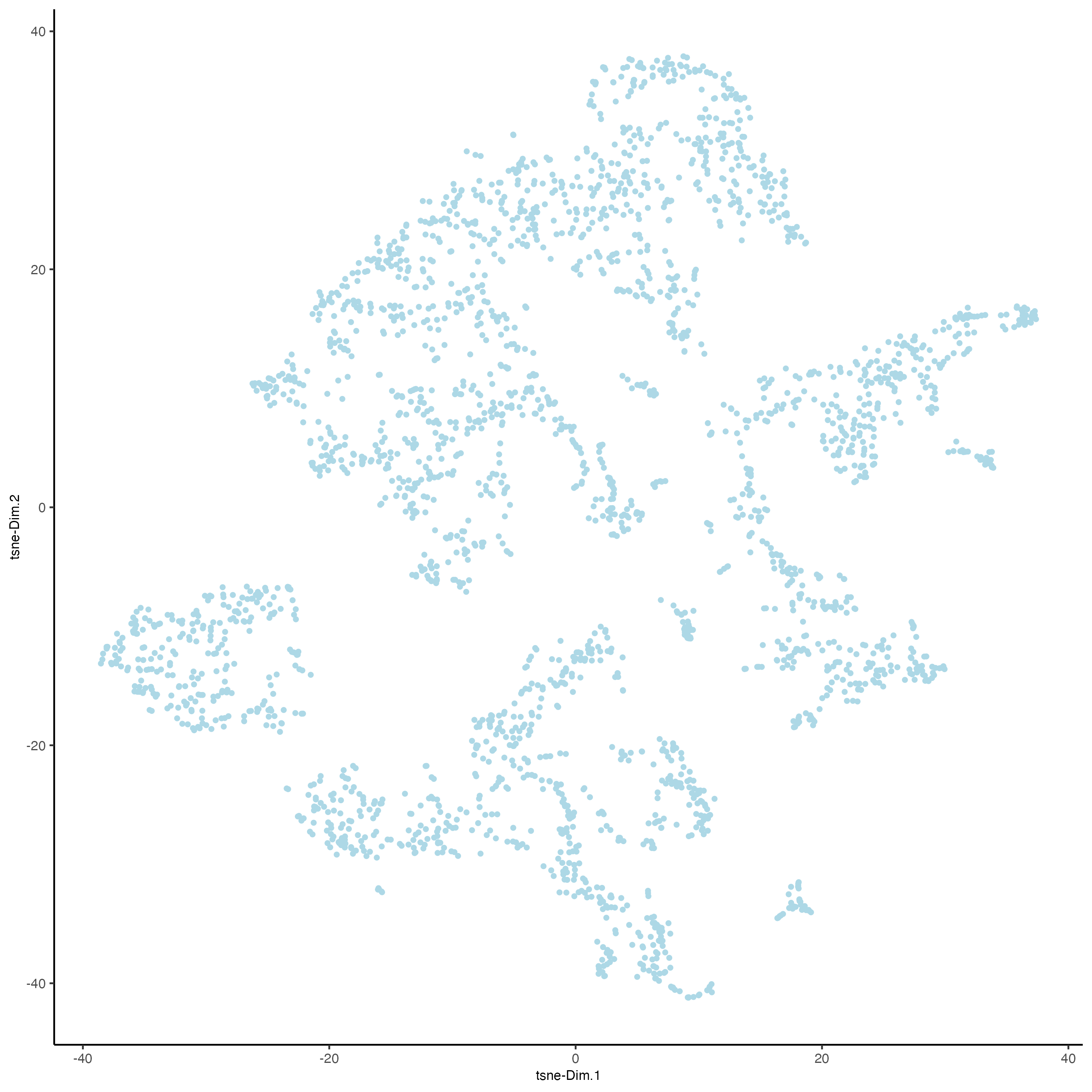7 Visium Part I
Joselyn Cristina Chávez Fuentes
August 5th 2024
7.1 The Visium technology
Visium allows you to perform spatial transcriptomics, which combines histological information with whole transcriptome gene expression profiles (fresh frozen or FFPE) to provide you with spatially resolved gene expression.

Figure 7.1: Visum workflow. Source: 10X Genomics
You can use standard fixation and staining techniques, including hematoxylin and eosin (H&E) staining, to visualize tissue sections on slides using a brightfield microscope and immunofluorescence (IF) staining to visualize protein detection in tissue sections on slides using a fluorescent microscope.
7.2 Introduction to the spatial dataset
The visium fresh frozen mouse brain tissue (Strain C57BL/6) dataset was obtained from 10X genomics. The tissue was embedded and cryosectioned as described in Visium Spatial Protocols - Tissue Preparation Guide (Demonstrated Protocol CG000240). Tissue sections of 10 µm thickness from a slice of the coronal plane were placed on Visium Gene Expression Slides.
You can find more information about his sample here
7.3 Download dataset
You need to download the expression matrix and spatial information by running these commands:
dir.create("data/01_session5")
download.file(url = "https://cf.10xgenomics.com/samples/spatial-exp/1.1.0/V1_Adult_Mouse_Brain/V1_Adult_Mouse_Brain_raw_feature_bc_matrix.tar.gz",
destfile = "data/01_session5/V1_Adult_Mouse_Brain_raw_feature_bc_matrix.tar.gz")
download.file(url = "https://cf.10xgenomics.com/samples/spatial-exp/1.1.0/V1_Adult_Mouse_Brain/V1_Adult_Mouse_Brain_spatial.tar.gz",
destfile = "data/01_session5/V1_Adult_Mouse_Brain_spatial.tar.gz")After downloading, unzip the gz files. You should get the “raw_feature_bc_matrix” and “spatial” folders inside “data/01_session5/”.
7.4 Create the Giotto object
createGiottoVisiumObject() will look for the standardized files organization from the visium technology in the data folder and will automatically load the expression and spatial information to create the Giotto object.
library(Giotto)
## Set instructions
results_folder <- "results/01_session5"
python_path <- NULL
instructions <- createGiottoInstructions(
save_dir = results_folder,
save_plot = TRUE,
show_plot = FALSE,
return_plot = FALSE,
python_path = python_path
)
## Provide the path to the visium folder
data_path <- "data/01_session5"
## Create object directly from the visium folder
visium_brain <- createGiottoVisiumObject(
visium_dir = data_path,
expr_data = "raw",
png_name = "tissue_lowres_image.png",
gene_column_index = 2,
instructions = instructions
)7.5 Subset on spots that were covered by tissue
Use the metadata column “in_tissue” to highlight the spots corresponding to the tissue area.
spatPlot2D(
gobject = visium_brain,
cell_color = "in_tissue",
point_size = 2,
cell_color_code = c("0" = "lightgrey", "1" = "blue"),
show_image = TRUE)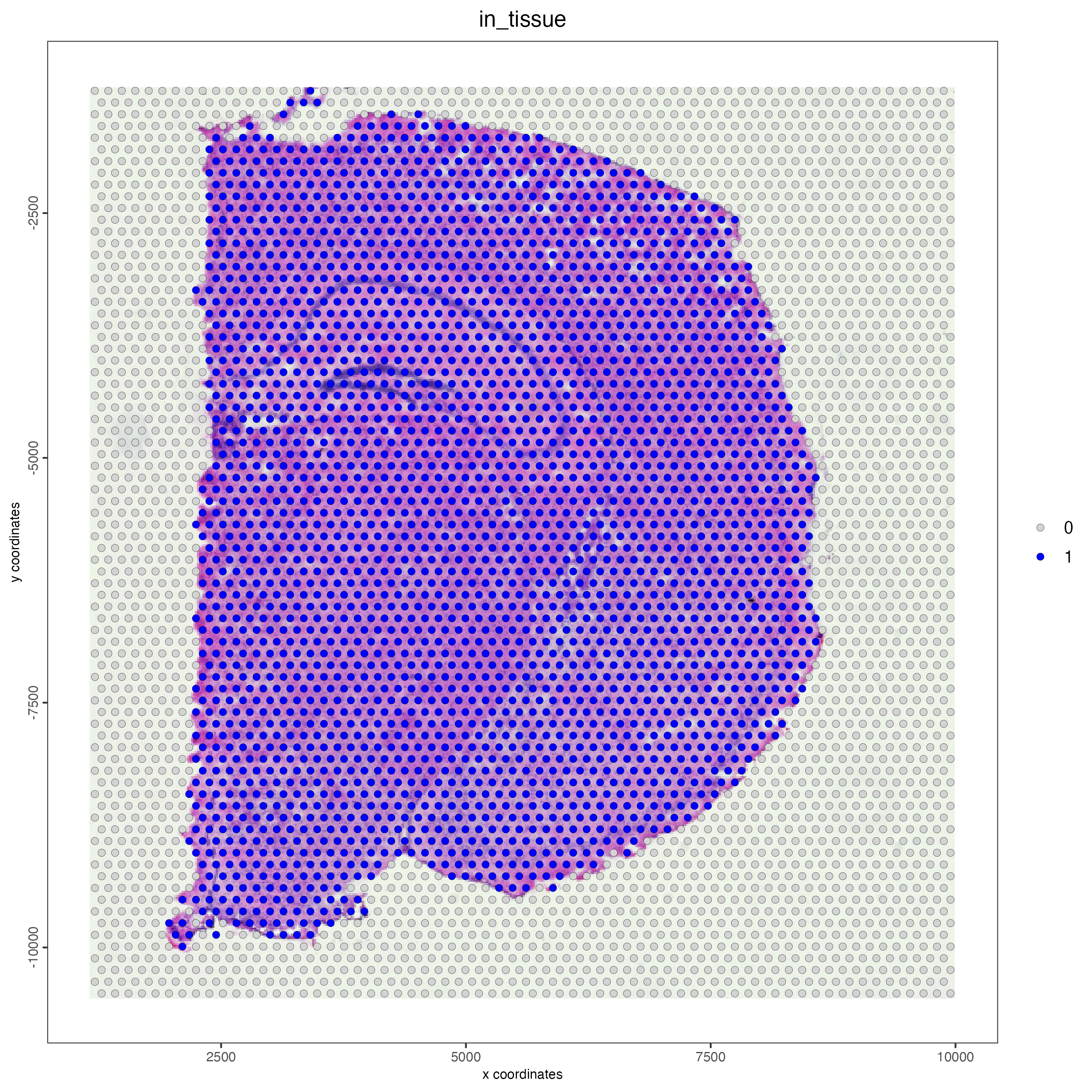
Figure 7.2: Spatial plot of the Visium mouse brain sample, color indicates wheter the spot is in tissue (1) or not (0).
Use the same metadata column “in_tissue” to subset the object and keep only the spots corresponding to the tissue area.
7.6 Quality control
- Statistics
Use the function addStatistics() to count the number of features per spot. The statistics information will be stored in the metadata table under the new column “nr_feats”. Then, use this column to visualize the number of features per spot across the sample.
visium_brain_statistics <- addStatistics(gobject = visium_brain,
expression_values = "raw")
## visualize
spatPlot2D(gobject = visium_brain_statistics,
cell_color = "nr_feats",
color_as_factor = FALSE)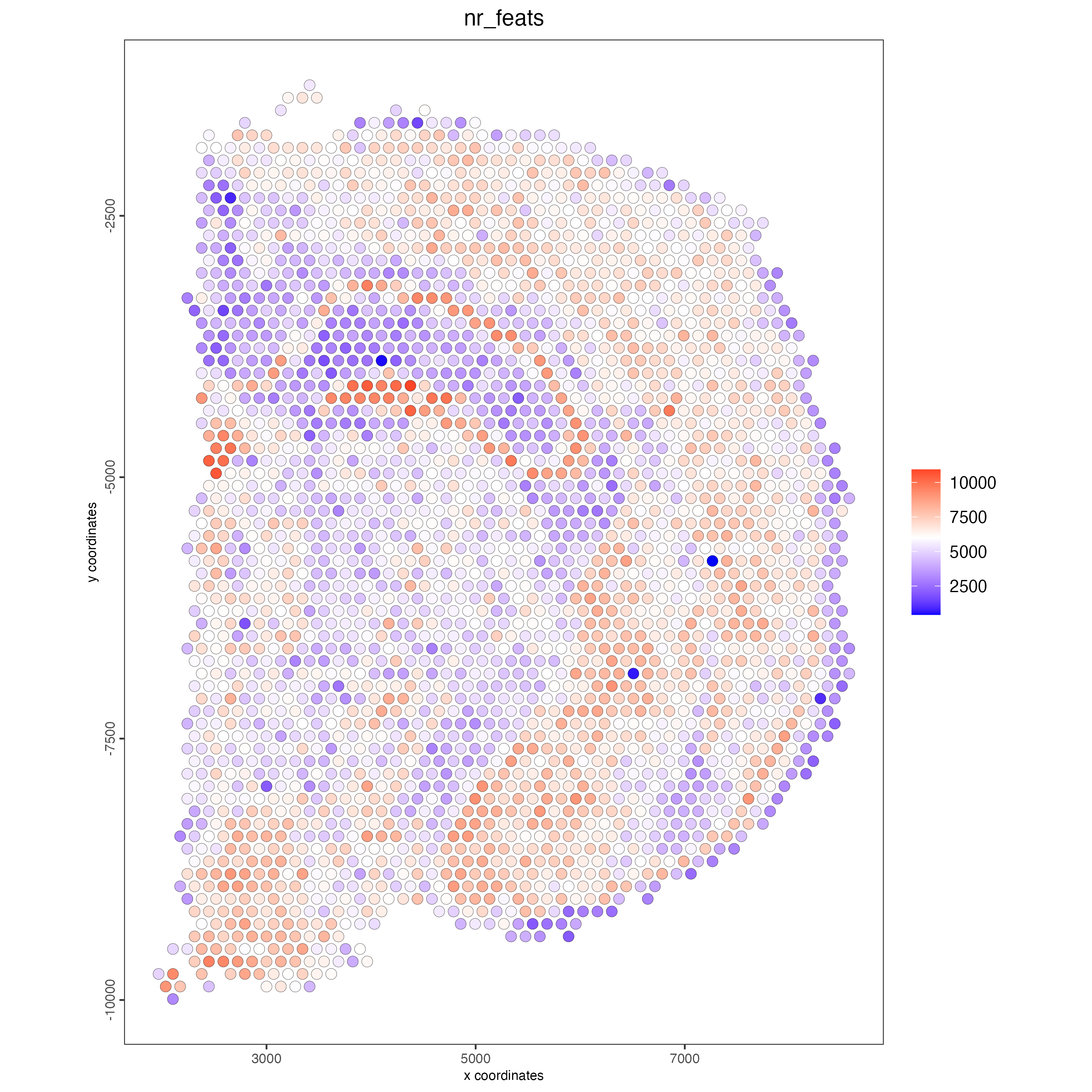
Figure 7.3: Spatial distribution of features per spot.
filterDistributions() creates a histogram to show the distribution of features per spot across the sample.

Figure 7.4: Distribution of features per spot.
When setting the detection = “feats”, the histogram shows the distribution of cells with certain numbers of features across the sample.

Figure 7.5: Distribution of cells with different features per spot.
filterCombinations() may be used to test how different filtering parameters will affect the number of cells and features in the filtered data:
filterCombinations(gobject = visium_brain_statistics,
expression_thresholds = c(1, 2, 3),
feat_det_in_min_cells = c(50, 100, 200),
min_det_feats_per_cell = c(500, 1000, 1500))
Figure 7.6: Number of spots and features filtered when using multiple feat_det_in_min_cells and min_det_feats_per_cell combinations.
7.7 Filtering
Use the arguments feat_det_in_min_cells and min_det_feats_per_cell to set the minimal number of cells where an individual feature must be detected and the minimal number of features per spot/cell, respectively, to filter the giotto object. All the features and cells under those thresholds will be removed from the sample.
7.8 Normalization
Use scalefactor to set the scale factor to use after library size normalization. The default value is 6000, but you can use a different one.
Calculate the normalized number of features per spot and save the statistics in the metadata table.
visium_brain <- addStatistics(gobject = visium_brain)
## visualize
spatPlot2D(gobject = visium_brain,
cell_color = "nr_feats",
color_as_factor = FALSE)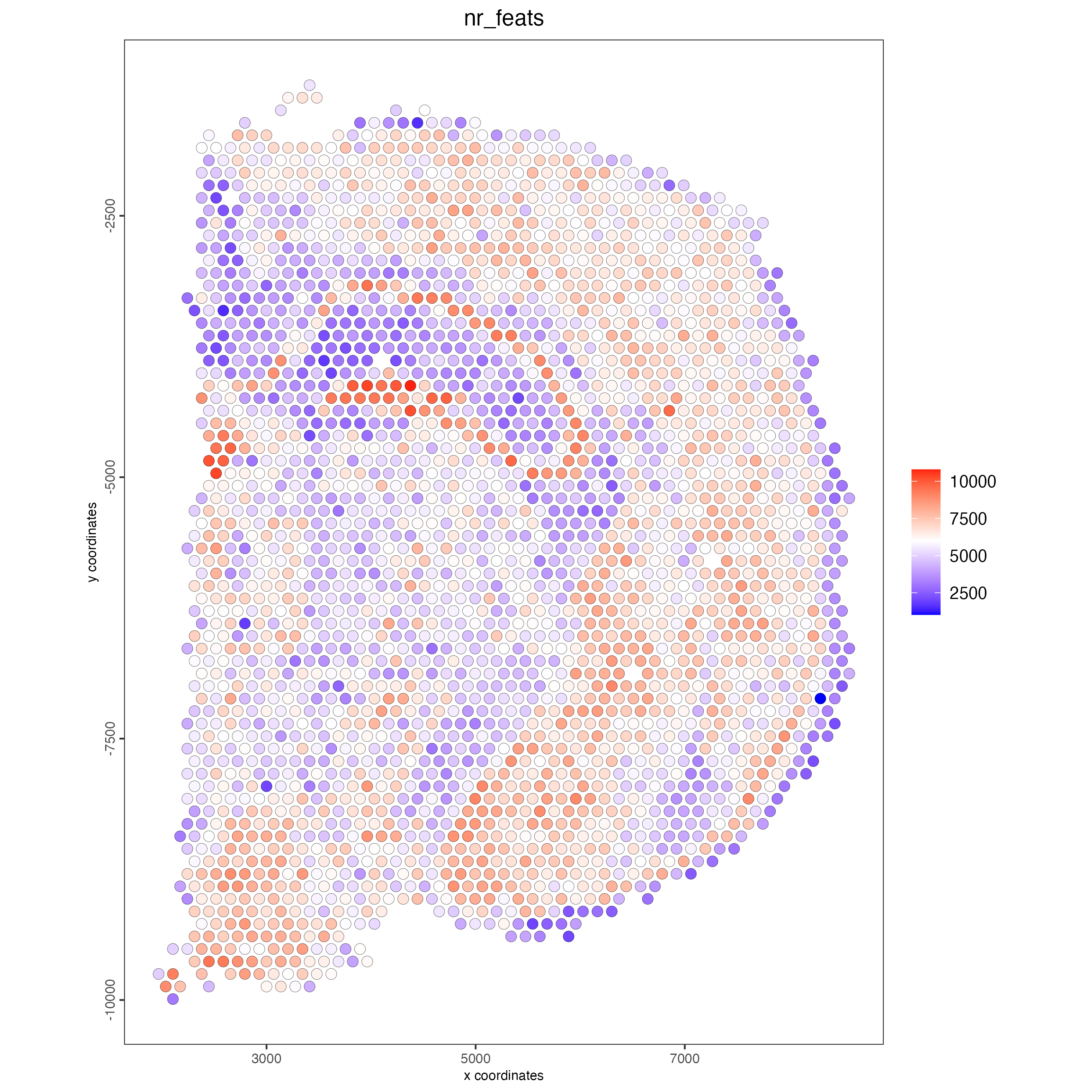
Figure 7.7: Spatial distribution of the number of features per spot.
7.9 Feature selection
7.9.1 Highly Variable Features:
Calculating Highly Variable Features (HVF) is necessary to identify genes (or features) that display significant variability across the spots. There are a few methods to choose from depending on the underlying distribution of the data:
- loess regression is used when the relationship between mean expression and variance is non-linear or can be described by a non-parametric model.
visium_brain <- calculateHVF(gobject = visium_brain,
method = "cov_loess",
save_plot = TRUE,
default_save_name = "HVFplot_loess")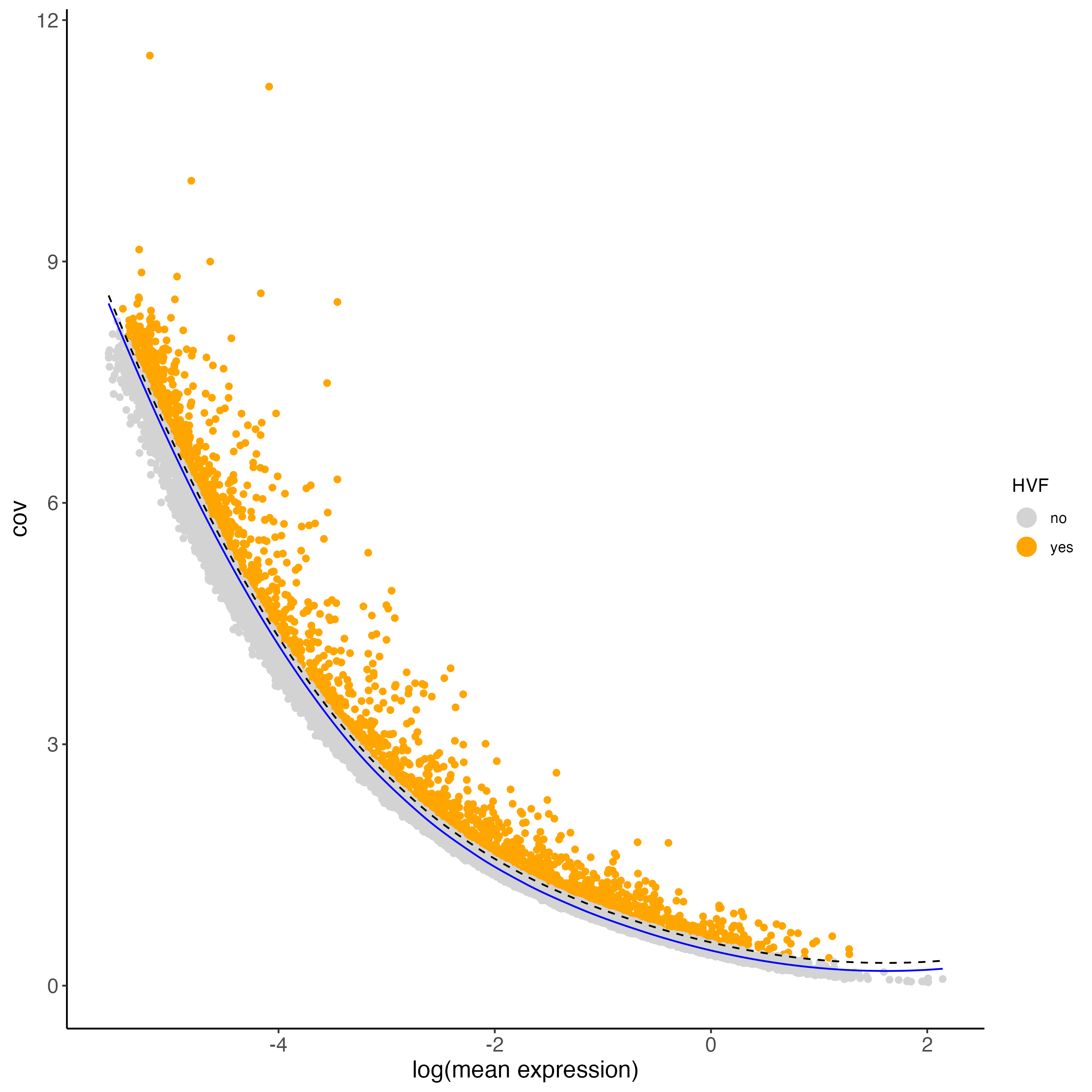
Figure 7.8: Covariance of HVFs using the loess method.
- pearson residuals are used for variance stabilization (to account for technical noise) and highlighting overdispersed genes.
visium_brain <- calculateHVF(gobject = visium_brain,
method = "var_p_resid",
save_plot = TRUE,
default_save_name = "HVFplot_pearson")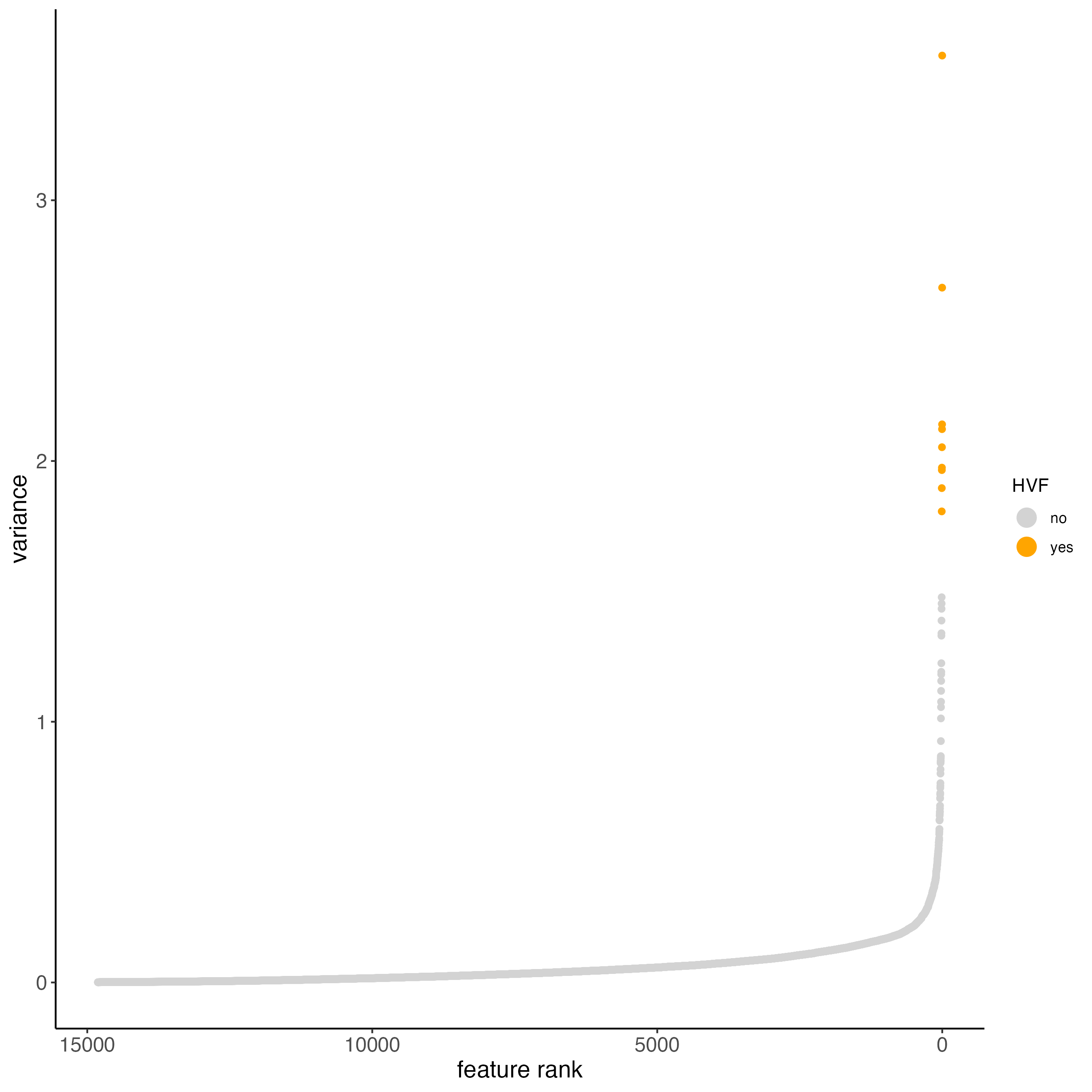
Figure 7.9: Variance of HVFs using the pearson residuals method.
- binned (covariance groups) are used when gene expression variability differs across expression levels or spatial regions, without assuming a specific relationship between mean expression and variance. This is the default method in the calculateHVF() function.
visium_brain <- calculateHVF(gobject = visium_brain,
method = "cov_groups",
save_plot = TRUE,
default_save_name = "HVFplot_binned")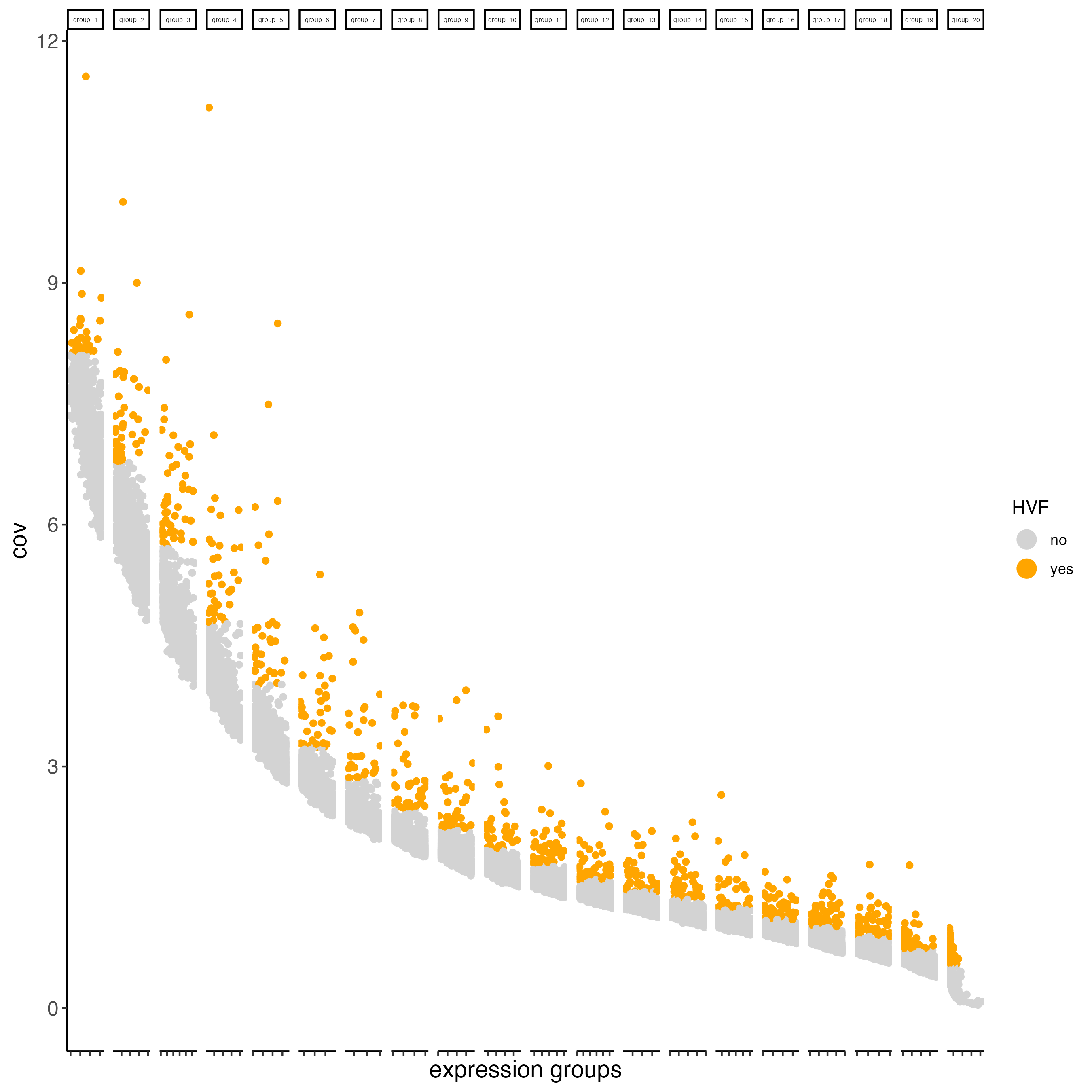
Figure 7.10: Covariance of HVFs using the binned method.
7.10 Dimension Reduction
7.10.1 PCA
Principal Components Analysis (PCA) is applied to reduce the dimensionality of gene expression data by transforming it into principal components, which are linear combinations of genes ranked by the variance they explain, with the first components capturing the most variance.
- runPCA() will look for the previous calculation of highly variable features, stored as a column in the feature metadata. If the HVF labels are not found in the giotto object, then runPCA() will use all the features available in the sample to calculate the Principal Components.
- You can also use specific features for the Principal Components calculation, by passing a vector of features in the “feats_to_use” argument.
my_features <- head(getFeatureMetadata(visium_brain,
output = "data.table")$feat_ID,
1000)
visium_brain <- runPCA(gobject = visium_brain,
feats_to_use = my_features,
name = "custom_pca")- Visualization
Create a screeplot to visualize the percentage of variance explained by each component.
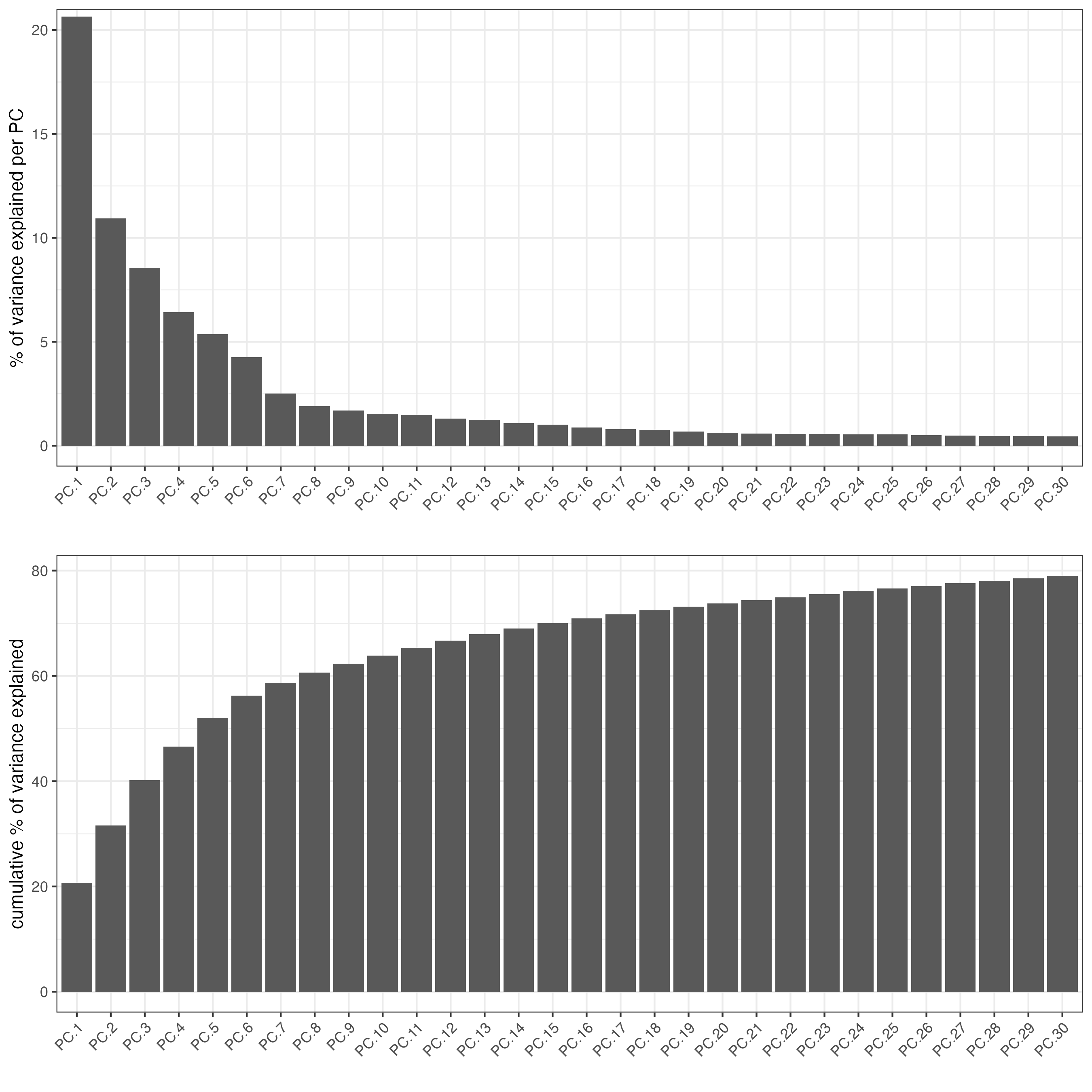
Figure 7.11: Screeplot showing the variance explained per principal component.
Visualized the PCA calculated using the HVFs.
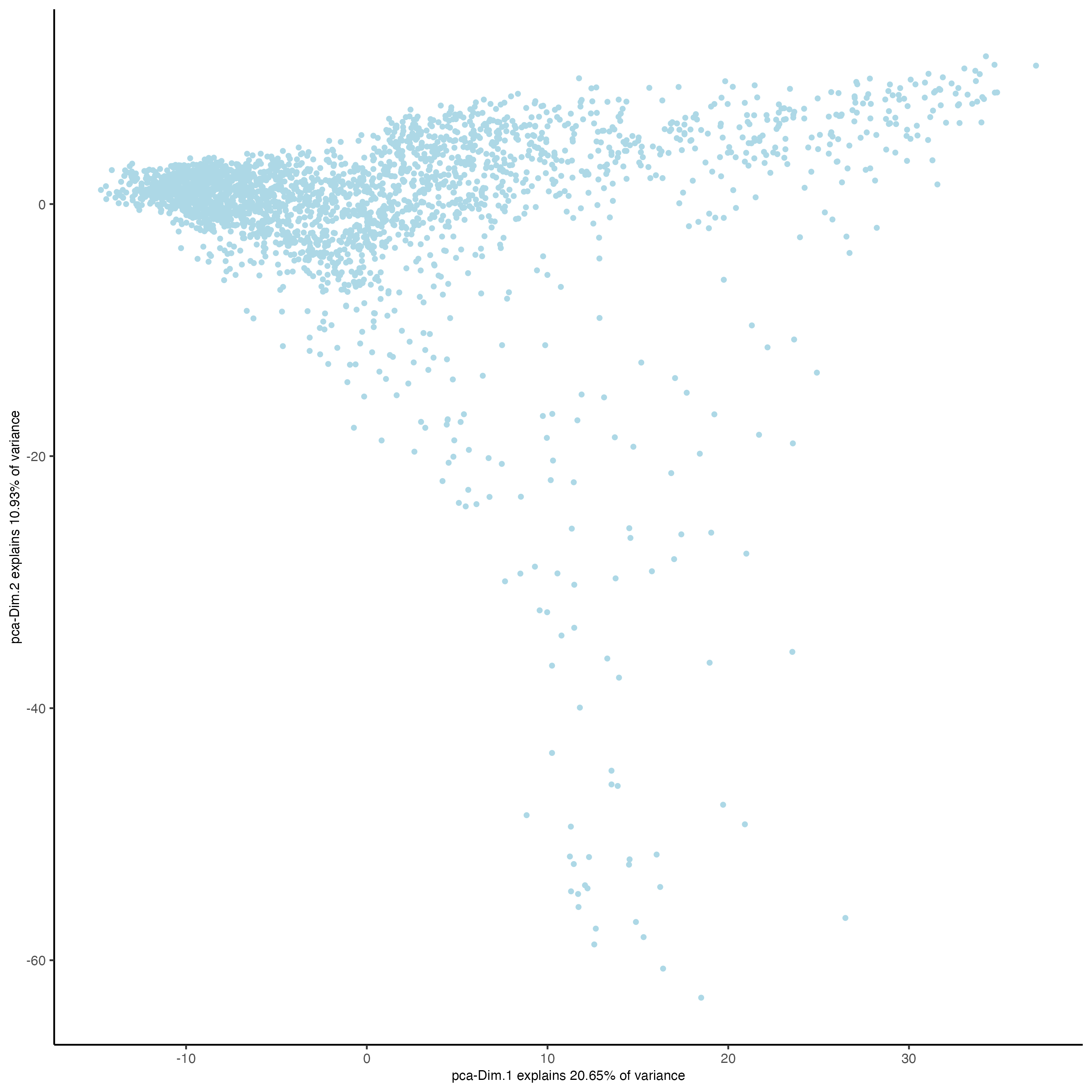
Figure 7.12: PCA plot using HVFs.
Visualized the custom PCA calculated using the vector of features.
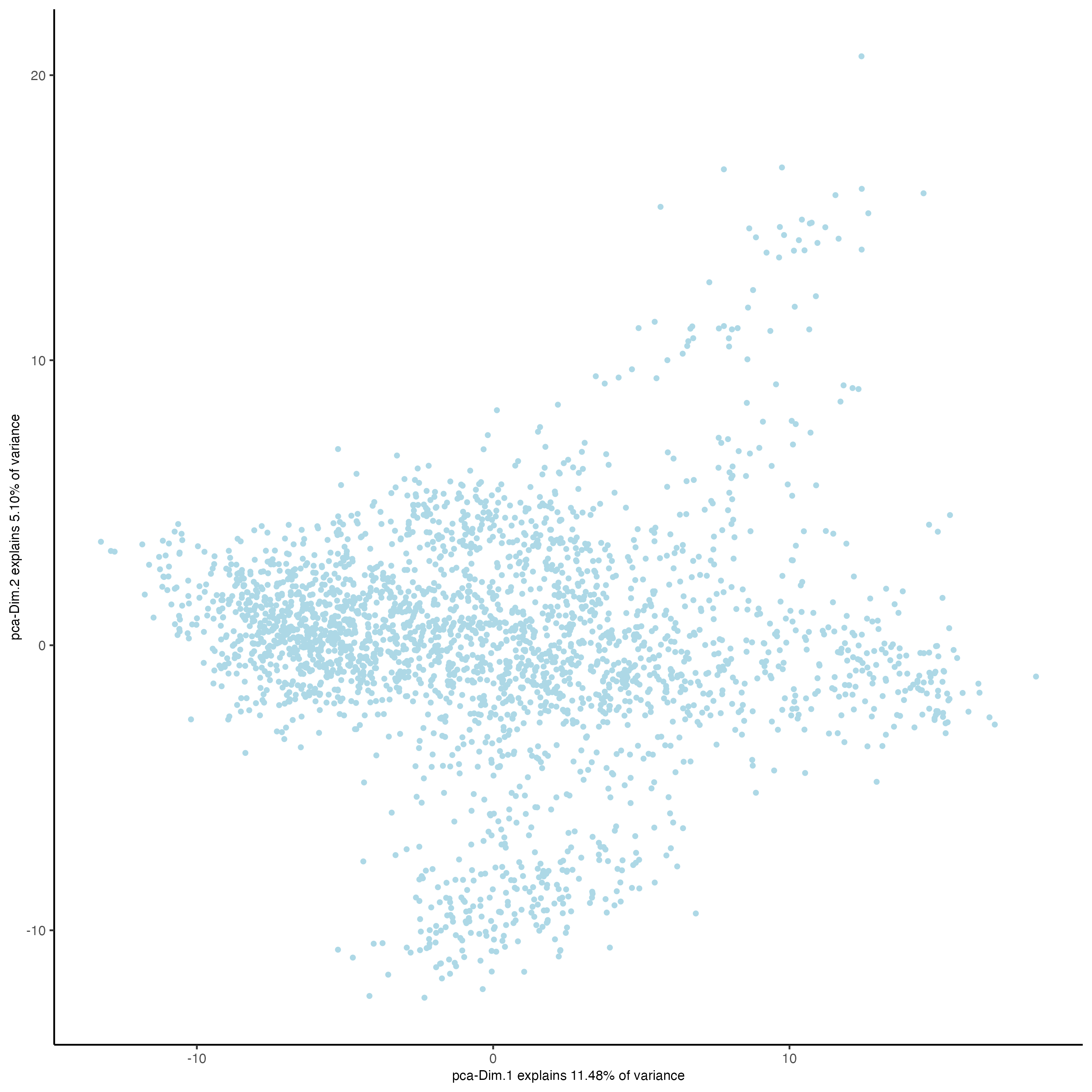
Figure 7.13: PCA using custom features.
Unlike PCA, Uniform Manifold Approximation and Projection (UMAP) and t-Stochastic Neighbor Embedding (t-SNE) do not assume linearity. After running PCA, UMAP or t-SNE allows you to visualize the dataset in 2D.
7.11 Clustering
- Create a sNN network (default)
- Create a kNN network
visium_brain <- createNearestNetwork(gobject = visium_brain,
dimensions_to_use = 1:10,
k = 15,
type = "kNN")7.11.1 Calculate Leiden clustering
Use the previously calculated shared nearest neighbors to create clusters. The default resolution is 1, but you can decrease the value to avoid the over calculation of clusters.
- Visualization

Figure 7.16: PCA plot, colors indicate the Leiden clusters.
Use the cluster IDs to visualize the clusters in the UMAP space.
plotUMAP(gobject = visium_brain,
cell_color = "leiden_clus",
show_NN_network = FALSE,
point_size = 2.5)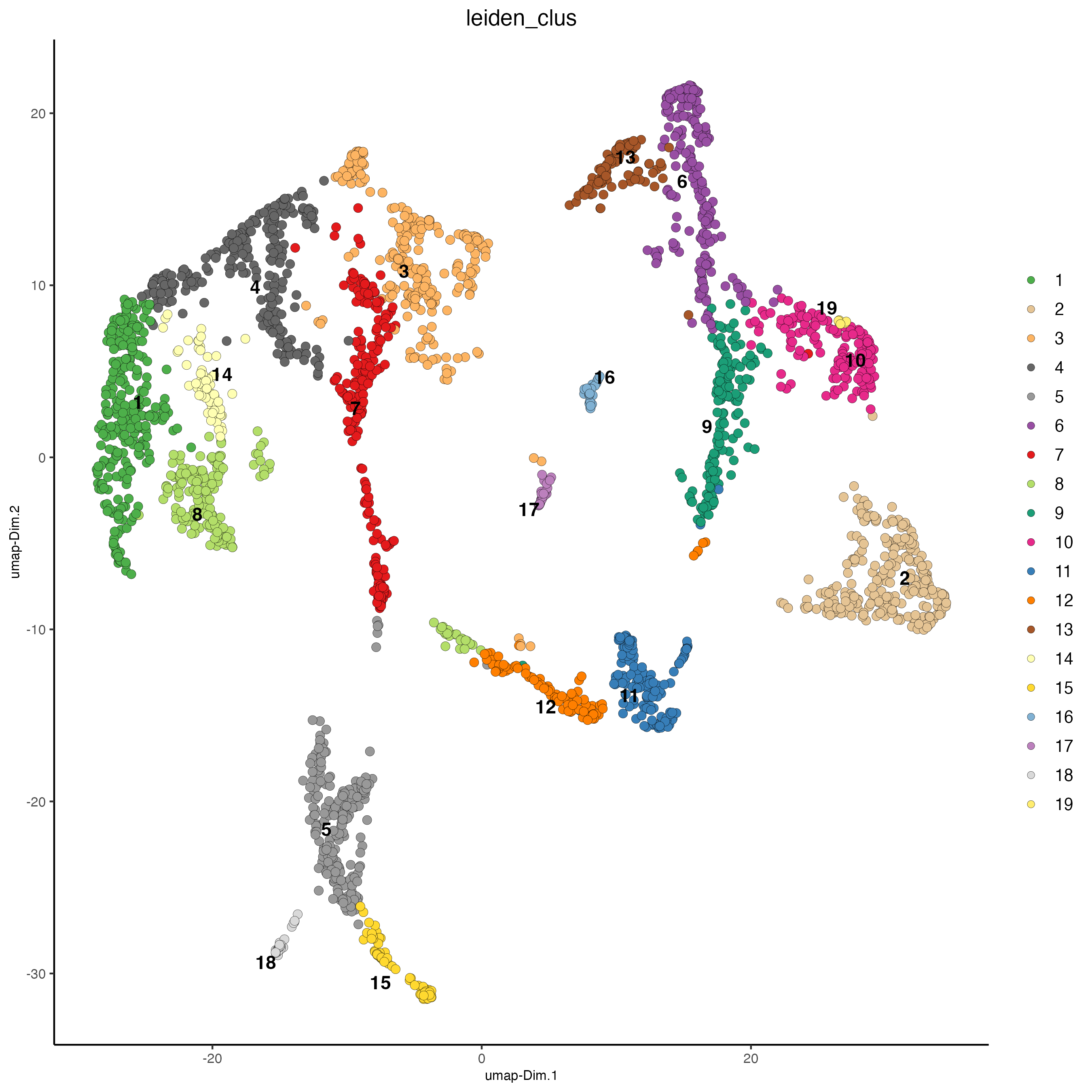
Figure 7.17: UMAP plot, colors indicate the Leiden clusters.
Set the argument “show_NN_network = TRUE” to visualize the connections between spots.
plotUMAP(gobject = visium_brain,
cell_color = "leiden_clus",
show_NN_network = TRUE,
point_size = 2.5)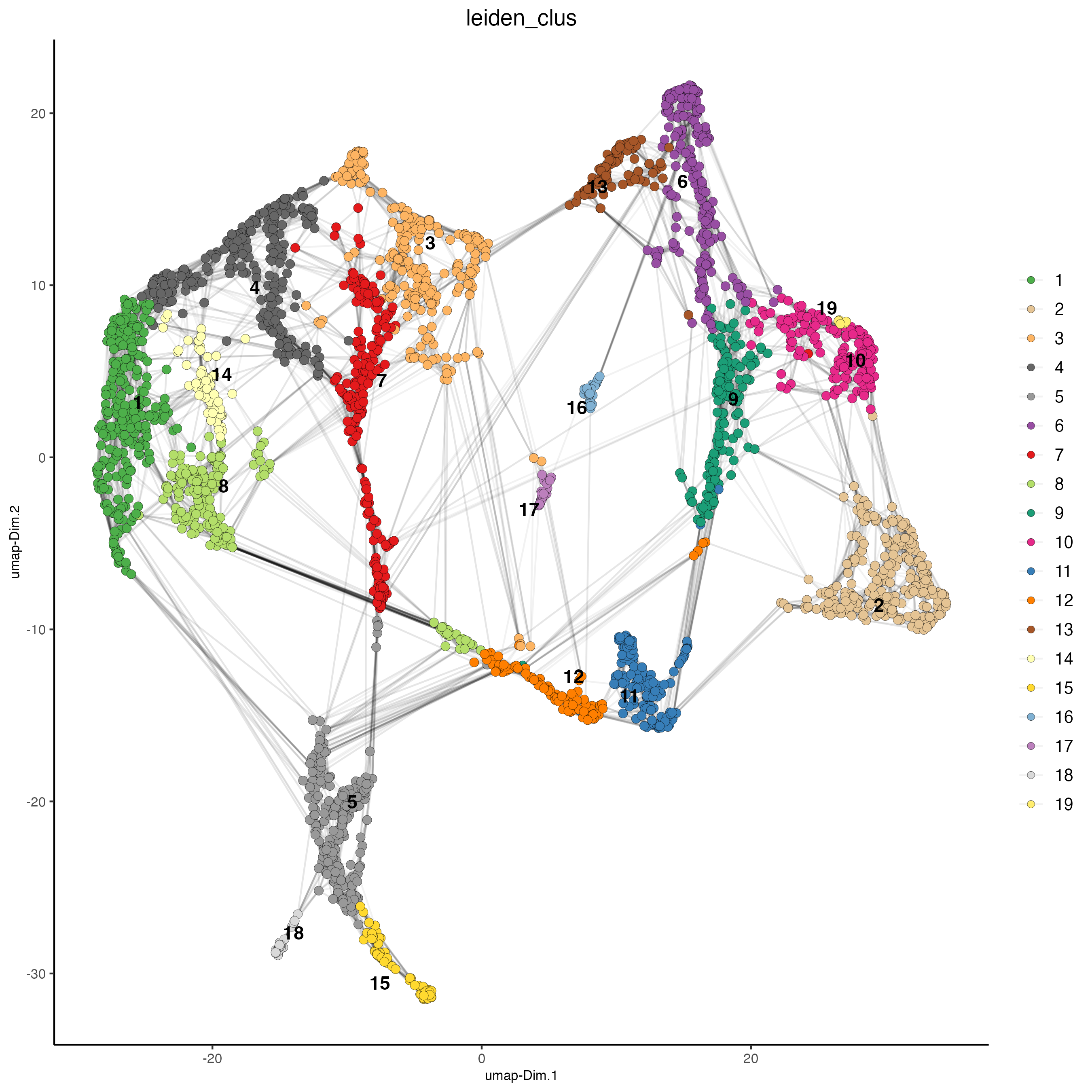
Figure 7.18: UMAP showing the nearest network.
Use the cluster IDs to visualize the clusters on the tSNE.
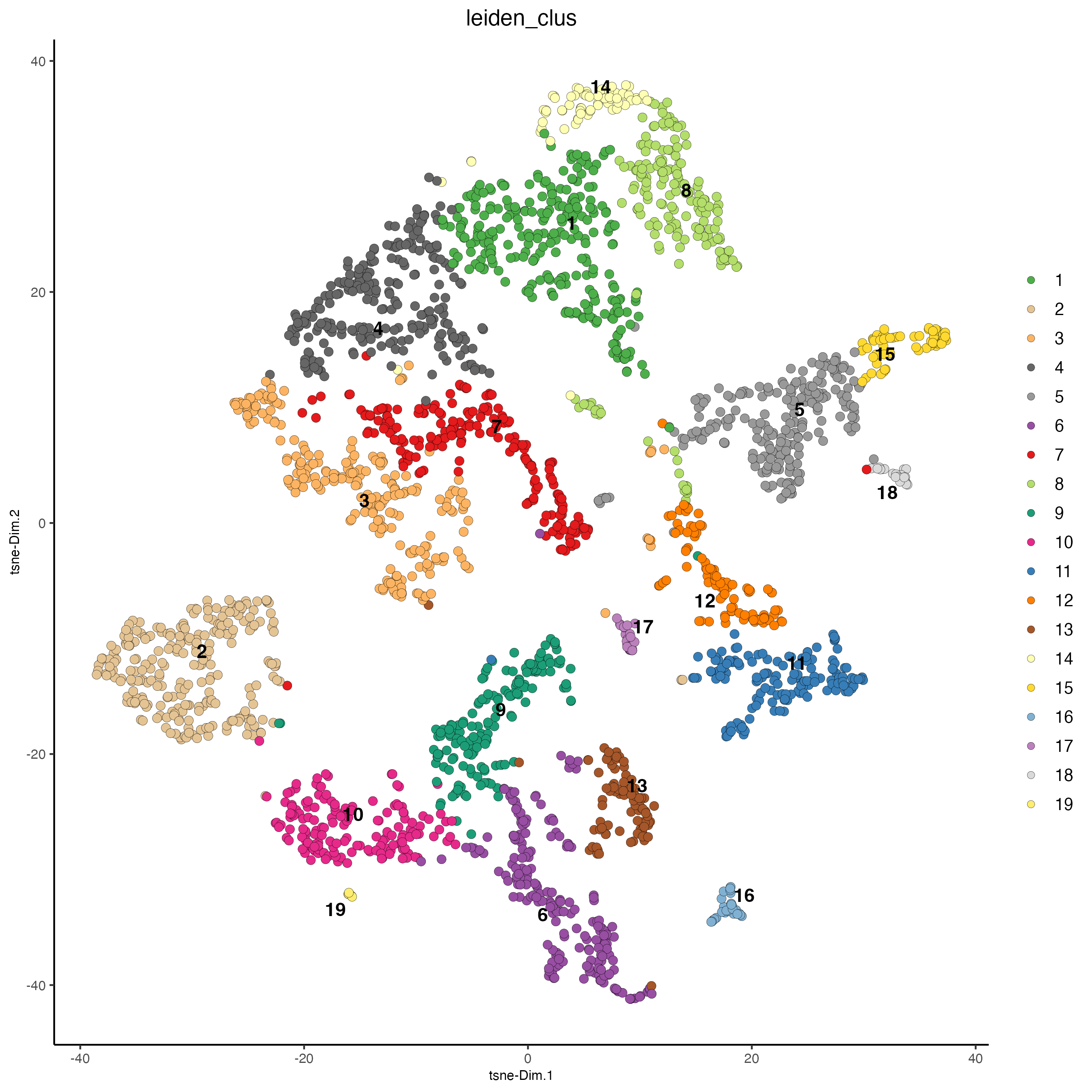
Figure 7.19: tSNE plot, colors indicate the Leiden clusters.
Set the argument “show_NN_network = TRUE” to visualize the connections between spots.
plotTSNE(gobject = visium_brain,
cell_color = "leiden_clus",
point_size = 2.5,
show_NN_network = TRUE)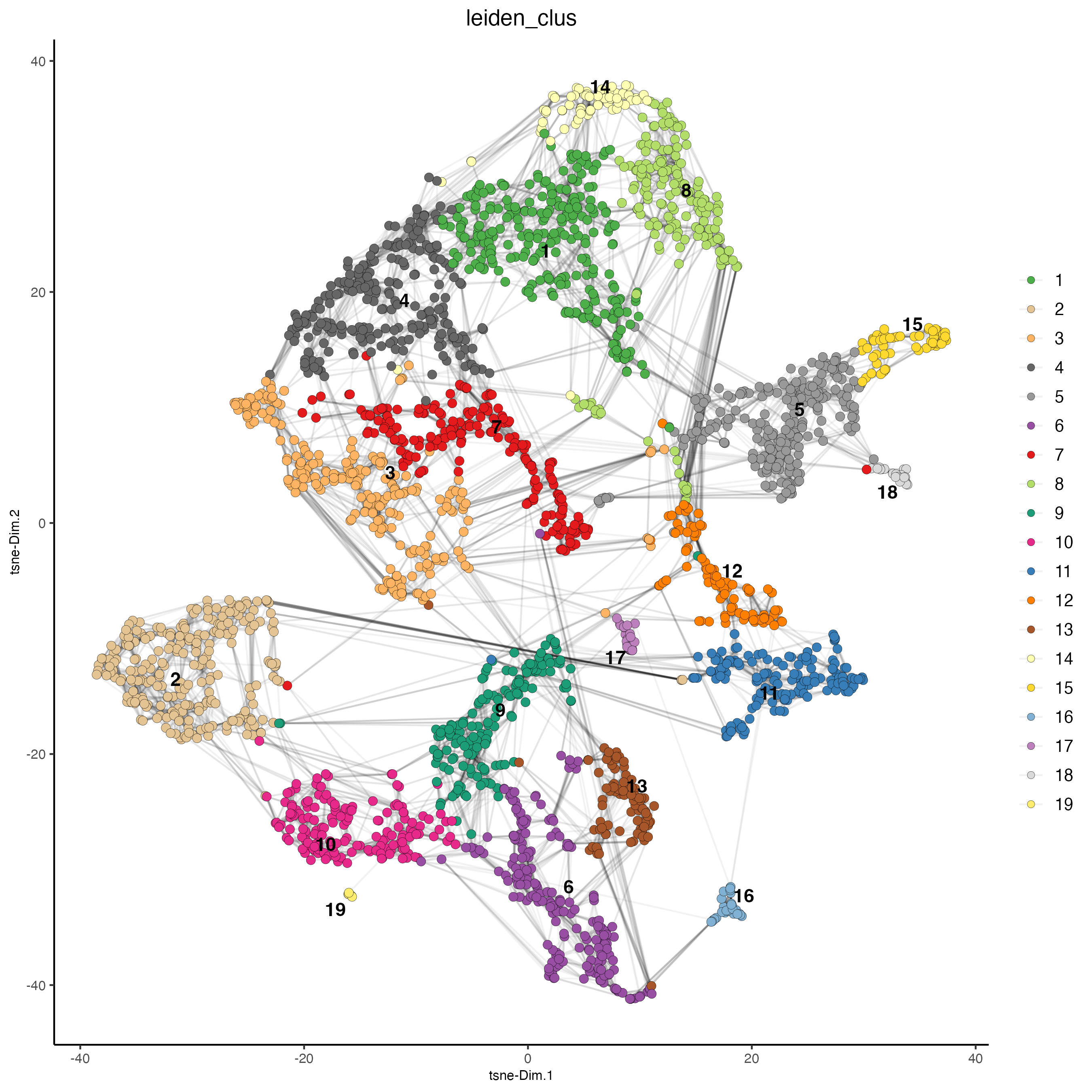
Figure 7.20: tSNE showing the nearest network.
Use the cluster IDs to visualize their spatial location.
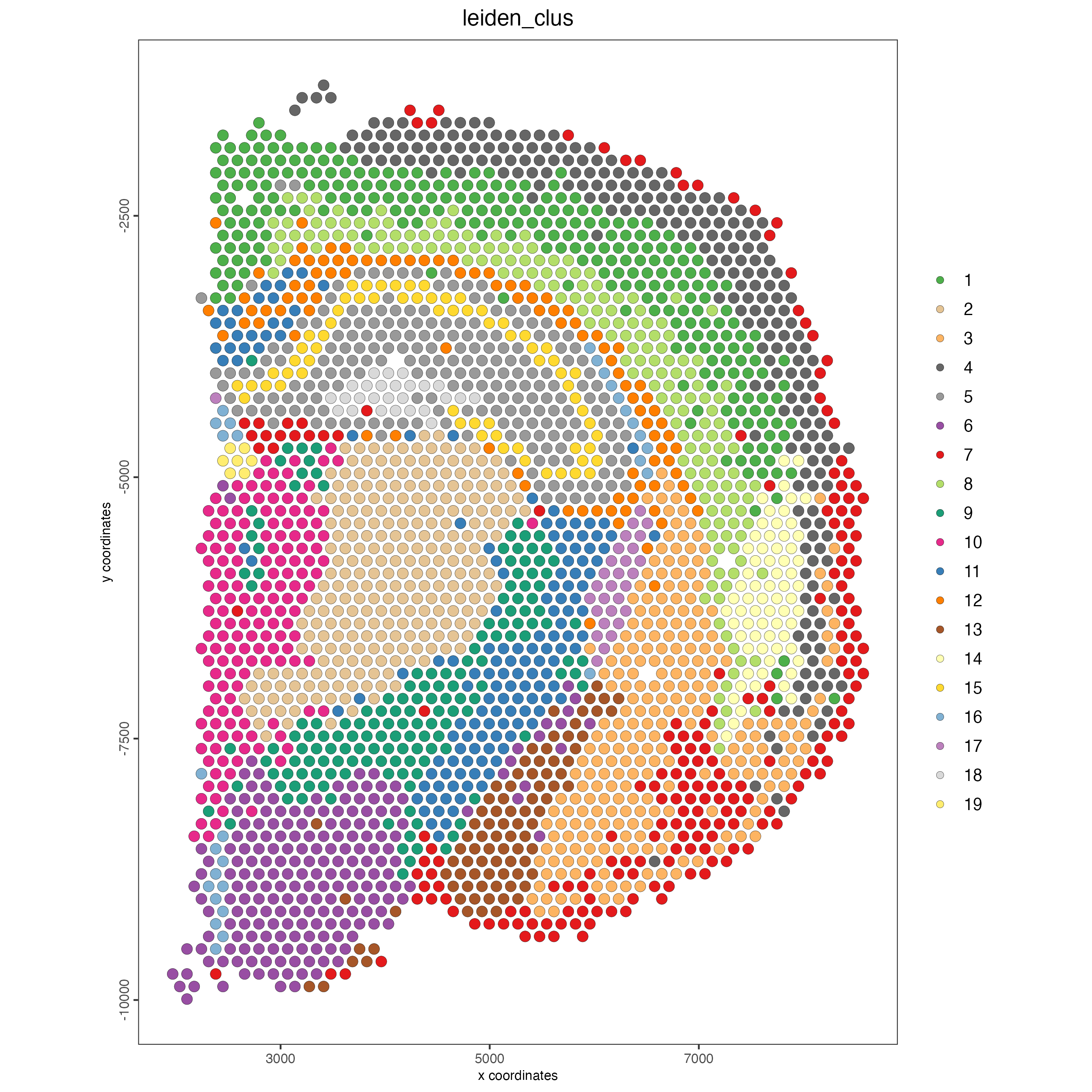
Figure 7.21: Spatial plot, colors indicate the Leiden clusters.
7.11.2 Calculate Louvain clustering
Louvain is an alternative clustering method, used to detect communities in large networks.

Figure 7.22: Spatial plot, colors indicate the Louvain clusters.
You can find more information about the differences between the Leiden and Louvain methods in this paper: From Louvain to Leiden: guaranteeing well-connected communities, 2019
7.13 Session info
R version 4.4.1 (2024-06-14)
Platform: aarch64-apple-darwin20
Running under: macOS Sonoma 14.5
Matrix products: default
BLAS: /System/Library/Frameworks/Accelerate.framework/Versions/A/Frameworks/vecLib.framework/Versions/A/libBLAS.dylib
LAPACK: /Library/Frameworks/R.framework/Versions/4.4-arm64/Resources/lib/libRlapack.dylib; LAPACK version 3.12.0
locale:
[1] en_US.UTF-8/en_US.UTF-8/en_US.UTF-8/C/en_US.UTF-8/en_US.UTF-8
time zone: America/New_York
tzcode source: internal
attached base packages:
[1] stats graphics grDevices utils datasets methods base
other attached packages:
[1] Giotto_4.1.0 GiottoClass_0.3.3
loaded via a namespace (and not attached):
[1] colorRamp2_0.1.0 deldir_2.0-4
[3] rlang_1.1.4 magrittr_2.0.3
[5] GiottoUtils_0.1.10 matrixStats_1.3.0
[7] compiler_4.4.1 png_0.1-8
[9] systemfonts_1.1.0 vctrs_0.6.5
[11] reshape2_1.4.4 stringr_1.5.1
[13] pkgconfig_2.0.3 SpatialExperiment_1.14.0
[15] crayon_1.5.3 fastmap_1.2.0
[17] backports_1.5.0 magick_2.8.4
[19] XVector_0.44.0 labeling_0.4.3
[21] utf8_1.2.4 rmarkdown_2.27
[23] UCSC.utils_1.0.0 ragg_1.3.2
[25] purrr_1.0.2 xfun_0.46
[27] beachmat_2.20.0 zlibbioc_1.50.0
[29] GenomeInfoDb_1.40.1 jsonlite_1.8.8
[31] DelayedArray_0.30.1 BiocParallel_1.38.0
[33] terra_1.7-78 irlba_2.3.5.1
[35] parallel_4.4.1 R6_2.5.1
[37] stringi_1.8.4 RColorBrewer_1.1-3
[39] reticulate_1.38.0 parallelly_1.37.1
[41] GenomicRanges_1.56.1 scattermore_1.2
[43] Rcpp_1.0.13 bookdown_0.40
[45] SummarizedExperiment_1.34.0 knitr_1.48
[47] future.apply_1.11.2 R.utils_2.12.3
[49] FNN_1.1.4 IRanges_2.38.1
[51] Matrix_1.7-0 igraph_2.0.3
[53] tidyselect_1.2.1 rstudioapi_0.16.0
[55] abind_1.4-5 yaml_2.3.9
[57] codetools_0.2-20 listenv_0.9.1
[59] lattice_0.22-6 tibble_3.2.1
[61] plyr_1.8.9 Biobase_2.64.0
[63] withr_3.0.0 Rtsne_0.17
[65] evaluate_0.24.0 future_1.33.2
[67] pillar_1.9.0 MatrixGenerics_1.16.0
[69] checkmate_2.3.1 stats4_4.4.1
[71] plotly_4.10.4 generics_0.1.3
[73] dbscan_1.2-0 sp_2.1-4
[75] S4Vectors_0.42.1 ggplot2_3.5.1
[77] munsell_0.5.1 scales_1.3.0
[79] globals_0.16.3 gtools_3.9.5
[81] glue_1.7.0 lazyeval_0.2.2
[83] tools_4.4.1 GiottoVisuals_0.2.4
[85] data.table_1.15.4 ScaledMatrix_1.12.0
[87] cowplot_1.1.3 grid_4.4.1
[89] tidyr_1.3.1 colorspace_2.1-0
[91] SingleCellExperiment_1.26.0 GenomeInfoDbData_1.2.12
[93] BiocSingular_1.20.0 rsvd_1.0.5
[95] cli_3.6.3 textshaping_0.4.0
[97] fansi_1.0.6 S4Arrays_1.4.1
[99] viridisLite_0.4.2 dplyr_1.1.4
[101] uwot_0.2.2 gtable_0.3.5
[103] R.methodsS3_1.8.2 digest_0.6.36
[105] BiocGenerics_0.50.0 SparseArray_1.4.8
[107] ggrepel_0.9.5 farver_2.1.2
[109] rjson_0.2.21 htmlwidgets_1.6.4
[111] htmltools_0.5.8.1 R.oo_1.26.0
[113] lifecycle_1.0.4 httr_1.4.7 
